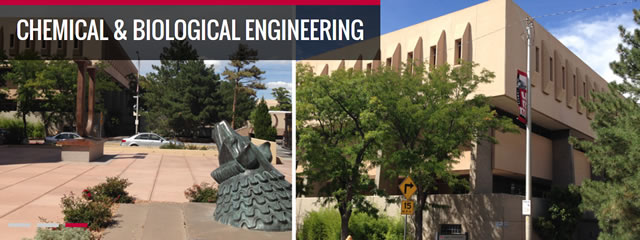
Chemical and Biological Engineering ETDs
Publication Date
2-13-2014
Abstract
For decades, flow cytometry is used as the gold standard for cellular analyses as it measures multiple properties of single cells. Traditional flow cytometry uses the hydrodynamic focusing technique where the sheath fluid focuses cells in the sample into a narrow stream. Although such precise focusing provides accurate optical measurements, high sheath fluid pressure and high linear velocities limit analysis rate to 50,000 particles/s. Such rates are too low for detecting rare events where one cell may have to be detected in a population of about a billion cells. Therefore, it is necessary to eliminate the sheath fluid and improve throughput by several orders of magnitude by using a suitable alternate focusing mechanism that allows focusing cells in high volume samples into multiple focused streams. Toward this aim, this dissertation presents the multinode acoustic technique that uses high frequency ultrasonic waves to focus particles and cells into highly parallel focused streams. One challenge, however, is that acoustic attenuation is significant at high frequencies. Therefore, to optimize acoustic energy density within multinode acoustic flow cells, a simple model is derived based on exhaustive literature review, suggesting that attenuation may be minimized by proper choice of fabrication material. Using such acoustically transparent materials, multinode acoustic flow cells were fabricated by three approaches, which include using machined aluminum frame and glass slides, disposable rectangular glass capillaries and etched silicon flow cells fabricated using standard photolithography and deep reactive ion etching techniques. Among these, flexibility in design using microfabrication approach has allowed fabricating etched flow cells having multiple parallel channels. Such parallelization improves acoustic energy density within each channel and precisely focuses particles at volumetric throughput of few tens of mL/min. Finally, this dissertation presents a proof-of-concept flow cytometry instrumentation using laser line generation optics and microscopy image sensors for imaging parallel focused streams in multinode acoustic flow cells. High throughput and precise focusing suggest that multinode focusing is a suitable alternative to conventional hydrodynamics, and multinode acoustic flow cells integrated with such optical imaging systems incorporating real-time signal processing circuitry will provide throughput matching that required for the detection of circulating tumor cells.
Keywords
Multinode acoustic Flow Cytometry, High throughput High volume Cellular analysis, Ultrasonic waves Hydrodynamic focusing Imaging Flow cells Acoustic attenuation Acoustic energy density Circulating tumor cells
Sponsors
National Institute of Health
Document Type
Dissertation
Language
English
Degree Name
Chemical Engineering
Level of Degree
Doctoral
Department Name
Chemical and Biological Engineering
First Committee Member (Chair)
Shreve, Andrew
Second Committee Member
Petsev, Dimiter
Third Committee Member
Edwards, Bruce
Fourth Committee Member
Plusquellic, James
Recommended Citation
Austin Suthanthiraraj, Pearlson Prashanth. "Multinode Acoustic Systems for High Throughput Cellular Analysis." (2014). https://digitalrepository.unm.edu/cbe_etds/54
Videos, in zipped file


